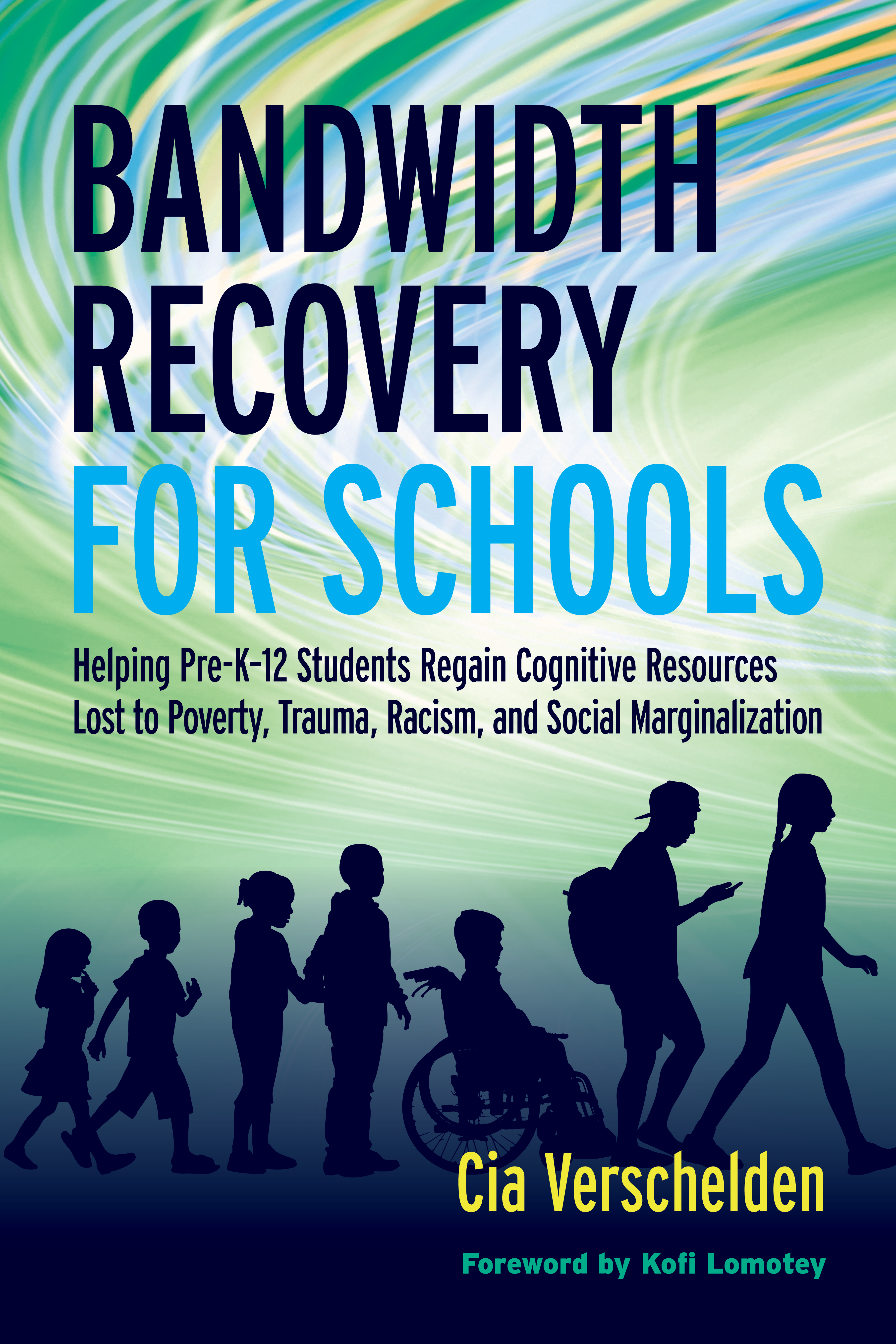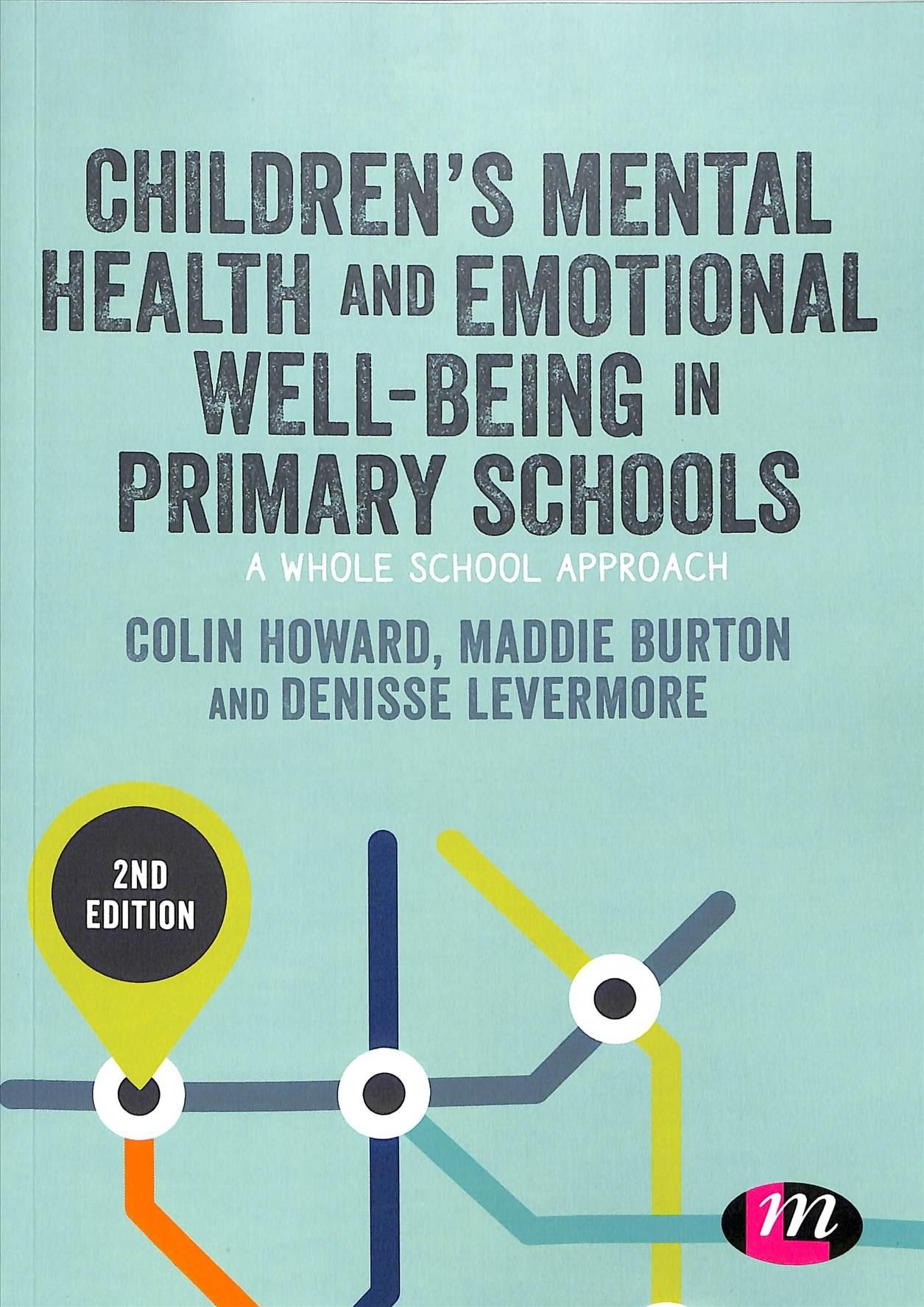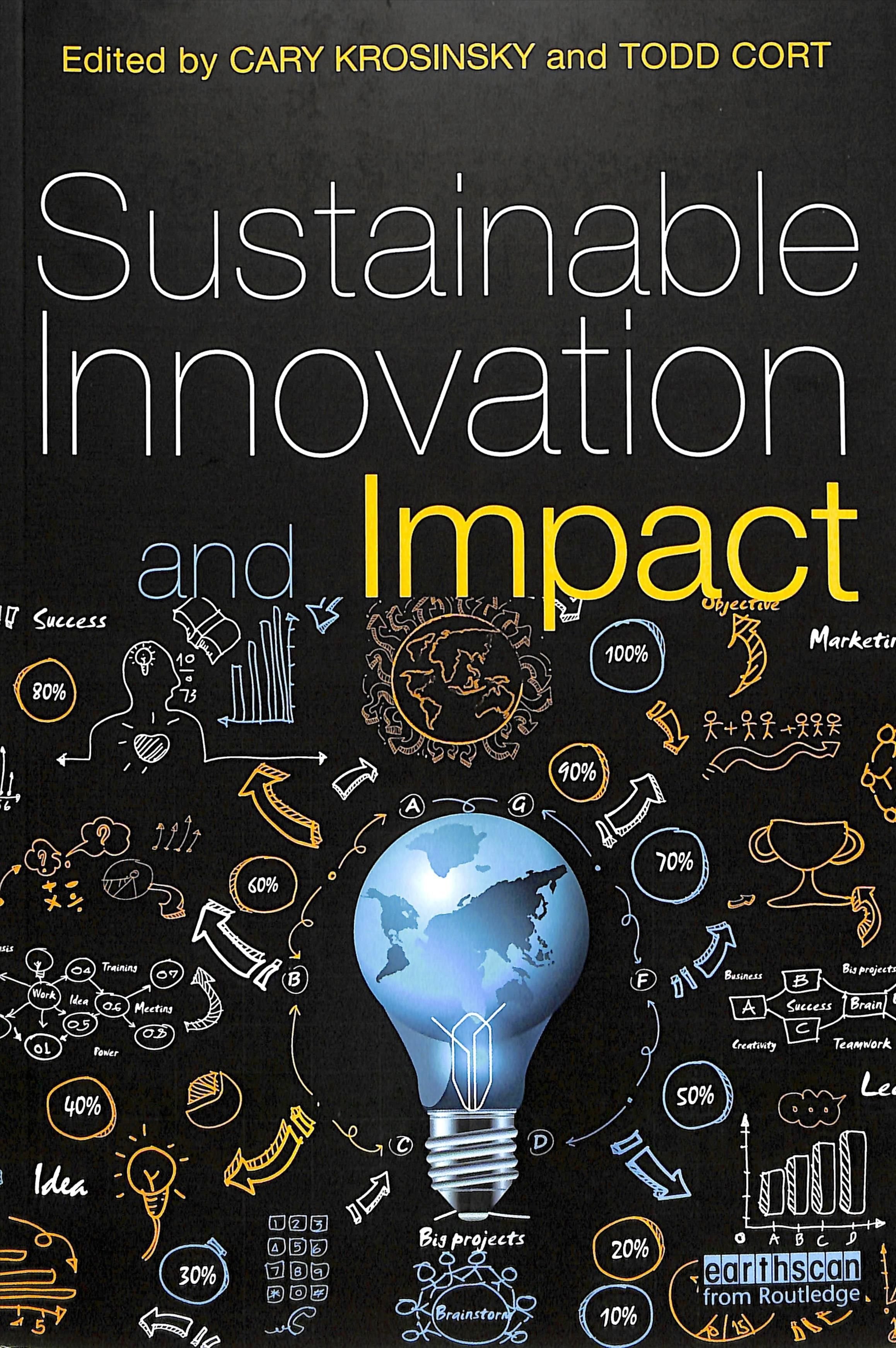Arestudents coming to your class lacking focus, having difficulty connecting withyou and their peers, falling behind, or acting out when you instinctively feelthey could do better? Do you sometimes feel like you don’t have the capacity asa teacher or school leader to give students the support they need to learn and thrive? This book makes the case that societalrealities–such as poverty, racism, and social marginalization–result in depletedcognitive resources for students and for those who are trying to help themsucceed. Each of us has a finite amount of mental bandwidth,the cognitive resources that are available for learning, development, work, takingcare of ourselves and our families, and everything else we have to do. These"attentional resources" are not about how smart we are but about how much ofour brain power is available to us for the task at hand. When bandwidth istaken up by the stress of persistent economic insecurity or the negative experiencesof racism, classism, homophobia, religious intolerance, sexism, ableism, etc.,there is less available for learning and growth. This is as true for youngchildren and youth as for their parents and teachers. Thefirst half of the book makes the case that poverty and these “differentisms"deplete the bandwidth of students, parents, and teachers. The second sets outconcepts and strategies that help people recover the bandwidth they need tolearn and thrive. Cia Verschelden describes strategies that can help studentsrecover bandwidth, including acknowledging the “funds of knowledge” of studentsand their families, promoting growth mindsets, using reflective practices to builda sense of belonging for all students, fostering peer collaboration, and implementingrestorative practices in lieu of punitive measures to deal with problematicbehavior, as well as a rich selection of Ideas in Practice contributed byexperienced teachers and school leaders. Cia recognizes thatmany teachers are working in schools with inadequate support systems andfacilities and with scarce materials, and may be spending their ofteninadequate pay on school supplies for their classrooms and food for theirhungry students. She offers practical ideas for creating more teacher-supportivesystems and addresses how principals and administrators can harness teachers’ideas and energies to create inclusive and successful learning environments forall students. The book includes a case study of Rochester,New York - where the economy has been decimated with the closure of majoremployers - and how its financially strapped school system worked withcolleagues at the University of Rochester to use the distributed leadership ofits teachers, with the active support of principals and superintendents, torevitalize its schools to better serve its diverse and low-income student population. This book is for teachers, parents, schoolleaders, and members of communities who are interested in the well-being ofchildren and youth and the education of all our children. All of us have astake in a public school system from which students emerge as fully-formedlearners and thinkers and who believe in their ability to affect what happensto them and their communities.












